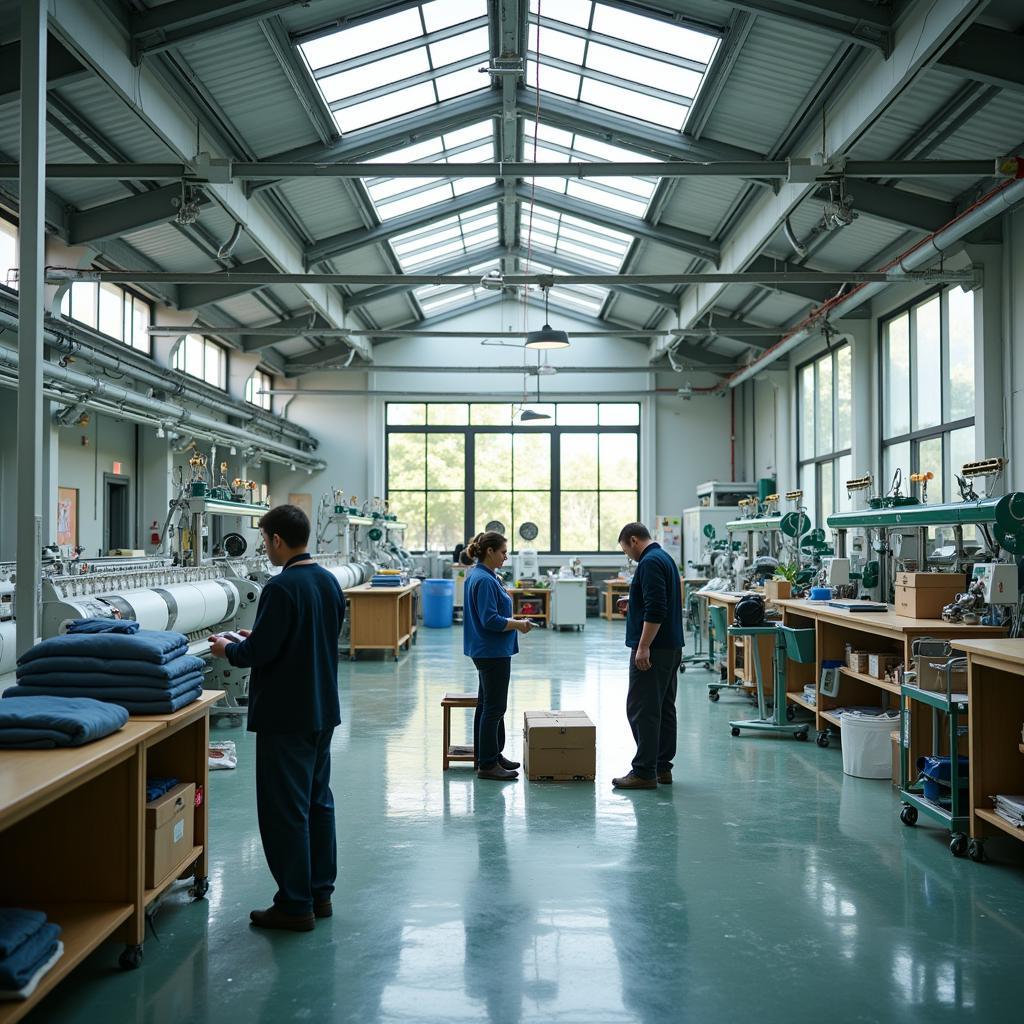The environmental impact of the fashion industry has become an increasingly common topic in IELTS Writing Task 2 examinations, particularly in recent years as sustainability and climate change concerns gain global attention. Based on analysis of past exam questions, this topic has appeared in various forms, focusing on fast fashion, textile waste, and sustainable manufacturing practices.
Let’s examine a recent IELTS question that exemplifies this topic:
Some people believe that the fashion industry has a negative impact on the environment and should be more strictly regulated. To what extent do you agree or disagree with this statement?
Question Analysis
This question requires candidates to:
- Take a clear position on fashion industry regulation
- Discuss environmental impacts of fashion production
- Consider the effectiveness of stricter regulations
- Support arguments with relevant examples
- Provide balanced reasoning
Sample Essay 1 (Band 8.0)
The fashion industry’s environmental footprint has become a growing concern globally, and I strongly agree that stricter regulations are necessary to mitigate its negative impact on our planet. This essay will examine why such measures are crucial and how they can be effectively implemented.
The fashion industry’s environmental damage is substantial and multi-faceted. Fast fashion practices lead to excessive water consumption, chemical pollution, and massive textile waste. For instance, producing a single cotton t-shirt requires approximately 2,700 liters of water, while synthetic materials release microplastics into waterways during washing. Moreover, the industry’s rapid production cycles contribute significantly to greenhouse gas emissions, accounting for about 10% of global carbon emissions.
Implementing stricter regulations could effectively address these environmental challenges. Governments could mandate sustainable production practices, such as requiring brands to use recycled materials or setting limits on water usage and chemical discharge. For example, the European Union’s proposed regulations requiring fashion brands to meet specific environmental standards have already prompted several major retailers to revise their manufacturing processes. Additionally, mandatory transparency in supply chains would enable consumers to make more informed choices while pressuring companies to adopt environmentally responsible practices.
However, these regulations must be carefully balanced to remain practical and economically viable. A gradual implementation approach would allow businesses to adapt their operations without causing significant market disruption. Furthermore, international cooperation is essential to ensure regulations are consistently applied across global supply chains, preventing companies from simply relocating to less regulated regions.
In conclusion, while the fashion industry’s environmental impact is severe, well-designed regulations can effectively address these issues while maintaining economic stability. The key lies in implementing comprehensive yet realistic measures that promote sustainable practices throughout the industry.

Sample Essay 2 (Band 6.5)
I agree that the fashion industry causes environmental problems and needs more control. In this essay, I will discuss why this is important and what can be done.
First, fashion companies make too many clothes and waste resources. They use lots of water to make clothes and put chemicals in rivers. For example, many factories in developing countries don’t clean their waste water properly, which hurts the environment. Also, people throw away old clothes quickly because new styles come out all the time.
Second, new rules can help solve these problems. Companies should have to follow environmental laws about how they make clothes. Some good rules could be using less water and recycling materials. Many countries are starting to make these kinds of rules, which is good for the environment.
However, making too many strict rules too quickly might cause problems. Some small fashion companies might not have enough money to change everything at once. Also, if rules are too strict in one country, companies might move to other places with fewer rules.
In conclusion, I think we need more rules for the fashion industry, but they should be fair and give companies time to change. This will help protect the environment without causing too many business problems.
Analysis of Band Scores
Band 8.0 Essay Analysis:
- Sophisticated vocabulary: “multi-faceted,” “mitigate,” “mandate”
- Complex sentence structures with appropriate linking
- Clear progression of ideas
- Specific examples and data
- Balanced argument with nuanced conclusion
Band 6.5 Essay Analysis:
- Simple but clear vocabulary
- Basic sentence structures
- Some repetition in expression
- Limited use of specific examples
- More general arguments
- Less sophisticated conclusion
Key Vocabulary
- mitigate (v) /ˈmɪtɪɡeɪt/ – to make something less harmful or severe
- sustainable (adj) /səˈsteɪnəbəl/ – able to continue without damaging the environment
- mandate (v) /mænˈdeɪt/ – to officially require something
- viable (adj) /ˈvaɪəbəl/ – capable of working successfully
- transparency (n) /trænsˈpærənsi/ – openness and clarity in business practices
For practice, try writing your own essay addressing this additional question:
“What measures can individuals take to reduce the environmental impact of their fashion choices?”
Share your practice essays in the comments for feedback and discussion.